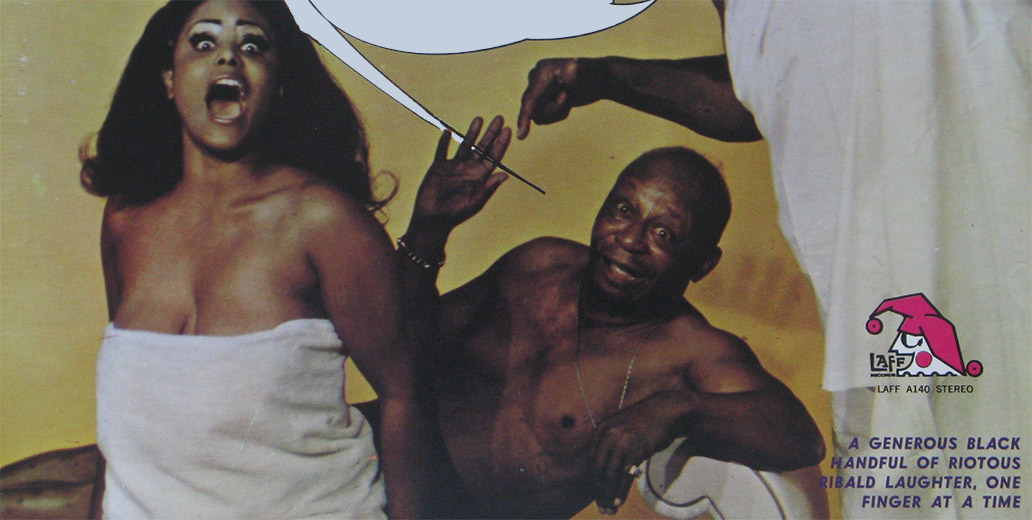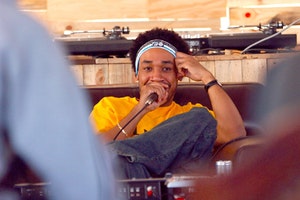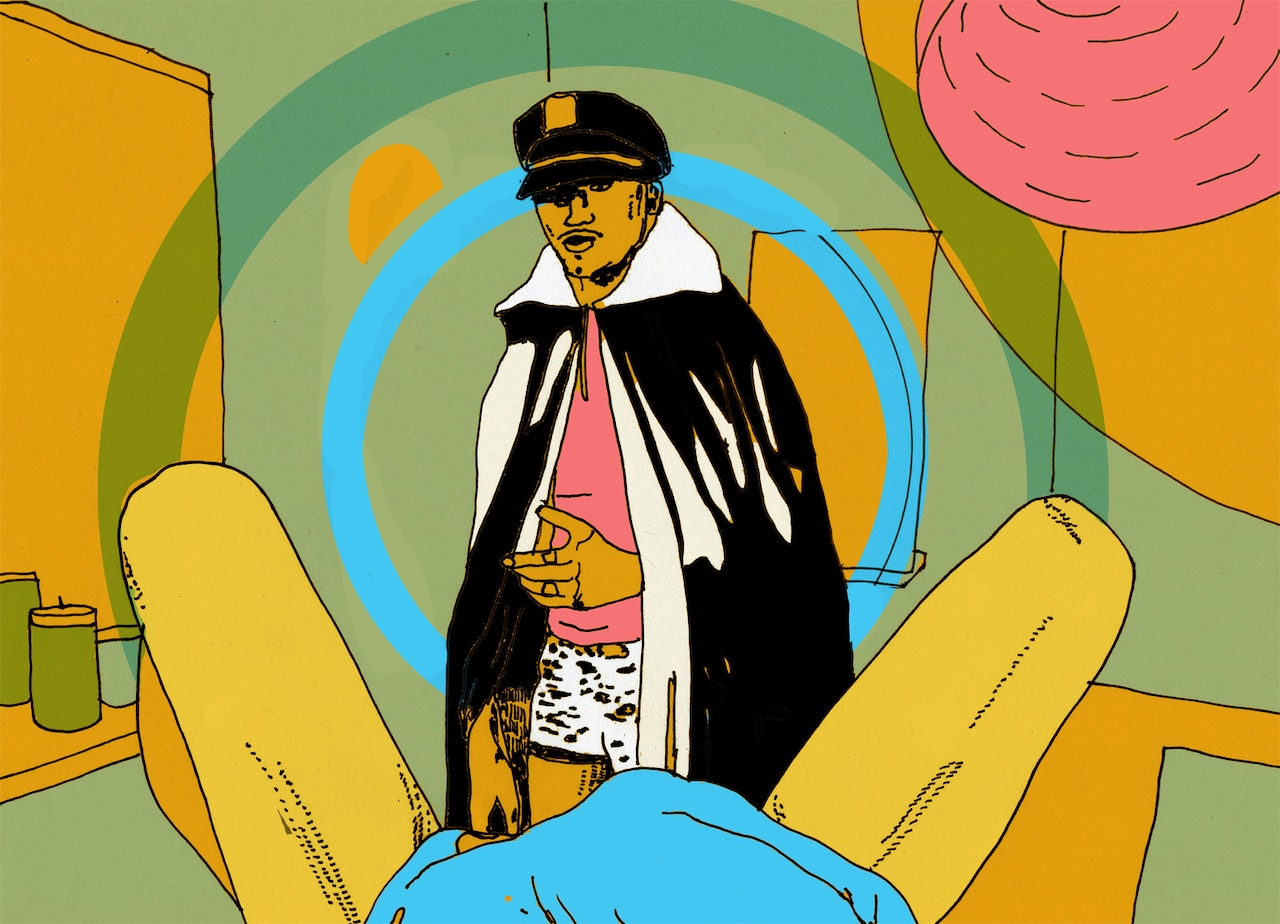
A History of the Hip Hop Skit
The head of Passion of the Weiss explains how comedy and hip hop have been inextricable for years. Illustrations by Dewey Saunders.
1988-93
The Daisy Age was almost ready to bloom. De La Soul had divined the magic number. The raps were tracked. 3 Feet High and Rising was sequenced and mixed. But at the last second, producer Prince Paul sensed something was missing. That crucial bolt. The difference between the Batmobile and a Batmobile that can fly. As the group prepared to hand their debut into Tommy Boy, an epiphany struck.
“We sat around listening to the record and I realized that we needed something to link it together,” says Prince Paul, remembering that late 1988 afternoon on Long Island. “My problem with a lot of hip hop albums back then was that most MCs didn’t know who they were,” Paul continues. “I started thinking about those old game show formats where the host would always introduce some guy, who would be like, ‘I’m George and I like water skiing.’ It was geeky, but it gave people an instant sense of identity.”
Paul had previously introduced similar ideas to his earlier group Stetsasonic. But they were older and found the schemes juvenile. His only real opportunity at comic glory came on a Stetsasonic radio spoof, where he flexed his patented Billy Dee Williams impression.
With De La Soul, the 21-year old counted as the veteran. The Amityville trio had previously experimented with what they called “bug-out pieces,” goofing off at home. So when Paul proposed the 3 Feet High and Rising Game Show, the four plugs effortlessly fired off improv riffs about the Alligator Bob, the joys of Twizzlers, and the number of feathers on a Perdue Chicken.
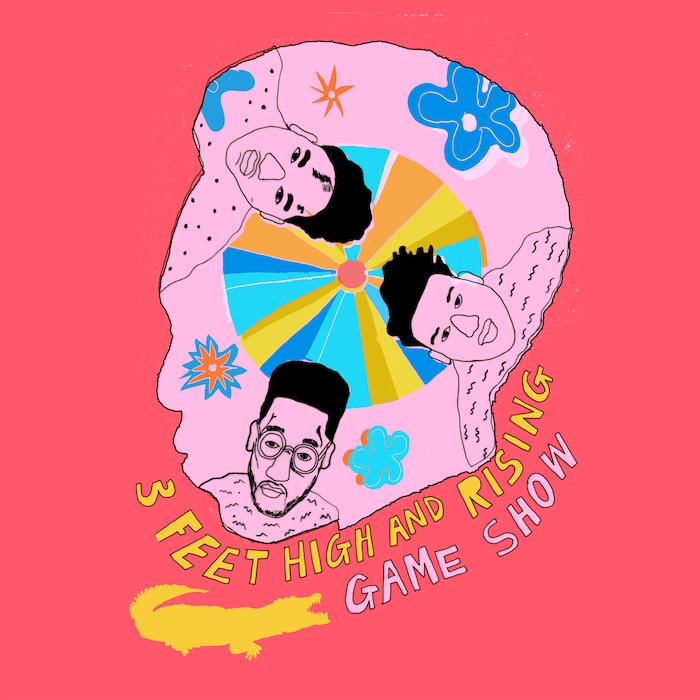
“Rap records always had some dialogue in them, like, ‘Hey man, I’m gonna’ smack you in the face,’ or ‘Yo…let’s get it!’ but they weren’t sketches with a whole vibe to them,” Paul says. “We did it to fill that void, to give our album some structure. It was just something we tried out and it evolved. We never thought it would become a rap album staple.”
For their interludes, De La Soul spoofed Day-Glo game shows and eccentric children’s records. They spontaneously conceived everything that last day in the studio. No paper, just pure absurdity.
The same went for the group’s sophomore album, De La Soul Is Dead, which upped the complexity with a running satire about teenage thugs lampooning a De La tape they found in the trash. If you didn’t know better, you’d assume it was stitched into the fabric from first conception.
“After we finished recording, we just picked a day to do the skits. We had the concept of kids in the schoolyard and got Mista Lawnge from Black Sheep, a few friends, and their nieces and nephews,” recalls Paul. “It was always the same: nothing written, all off the top of the head. Sketch improv-style like comics performing in the subway.”
The skits offered three-dimensionality and surrealist levitation previously only seen in Slick Rick and Rammellzee. Perfect scores in The Source validated the high concept experimentation. Rap albums could suddenly be more than song collections. They could be game shows, panoramic films, or self-aware parody. Spinal Tap, Scarface.
Interstitial padding quickly became practically mandatory. But while De La unquestionably popularized the trope, the first full-fledged rap skit was probably “Baggin’ on Moms,” released in November 1988 by Compton gangsta rapper, King Tee.
De La Soul had finished recording 3 Feet High before Tee’s early West Coast classic hit stores. Each innovation occurred independently of one another. Yet Tee beat them to market by several months, making him the Leif Erikson of rap skits to De La Soul’s Columbus.
These first two skits underscore the aesthetic contrast of early East and West Coast hip hop. King Tee’s raunchiness descended from Red Foxx, Richard Pryor, Rudy Ray Moore, and seminal South Central comic label, Laff Records. De La Soul’s style was comparatively high concept and outwardly subversive. Goofy psych-jazz bricolage. The Compton gangster had that nasty funk. (“Ya mama got so much hair under her arm it looks like she got Buckwheat in a headlock.”)
Digital Underground’s Sex Packets soon followed. Fusing Funkadelic with Weird Science, the Oakland crew produced what might be rap’s first fully fleshed concept album: a carnal saga about a government-manufactured glowing pill that gave wet dreams so “realistic that they would blow your mind.” You could choose from male or female, blonde or redhead, orgy or ordinary. It came in condom-sized packets and was originally intended for astronauts, until it got in the right hands.
Taking inspiration from these templates, you can consider 1990 to be year one of the rap skit. Kindergarten Cop was in theaters and Ice Cube flashed his AK-47 on “The Drive-By.” His theatrical career traces back to the vignettes on AmeriKKKA’s Most Wanted. From whispering footsteps to metal doors slamming, Cube and Sir Jinx sucked you into the scene with meticulous detail. The assassins blared, “Bust a Move,” before blasting their rivals. Cube subverted and reveled in gangsta stereotypes at the same time, establishing a pattern that prevailed time and time again.11See also: “Robin Lench” (1991, where Cube parodies Robin Leach’s Lifestyles of the Rich and Famous with a pompous British accent and “40 Ounce Drinks and watered down wishes.”
After Cube left the world’s most dangerous group, the nihilistic shock value humor remained intact. Their 1990 EP, 100 Miles & Running offered the immortal “Just Don’t Bite It,” a tongue-in-cheek instructional commercial featuring Eazy E’s certified oral sex curriculum. By the time their final album dropped the next year, N.W.A. had five skits dedicated to murdering hookers, ersatz doo-wop songs and fake bail bond commercials. They lacerated protestors, advocated cocaine over wine, and repeatedly called Ice Cube a pussy. It wasn’t subtle, but it consolidated their brand as champion rap sociopaths.
Even if their approach vastly differed from Prince Paul, N.W.A. employed skits for the same ends: to caricature themselves and their enemies, to strengthen their identity without self-seriousness. In fact, Prince Paul praises the N.W.A. salvos as the format’s peak. Like the soul, funk, rock and jazz samples they plundered, everything in pop culture was ripe for appropriation. If the early ’90s skits remain iconic, it’s because they had first pick. Everything felt fresh.
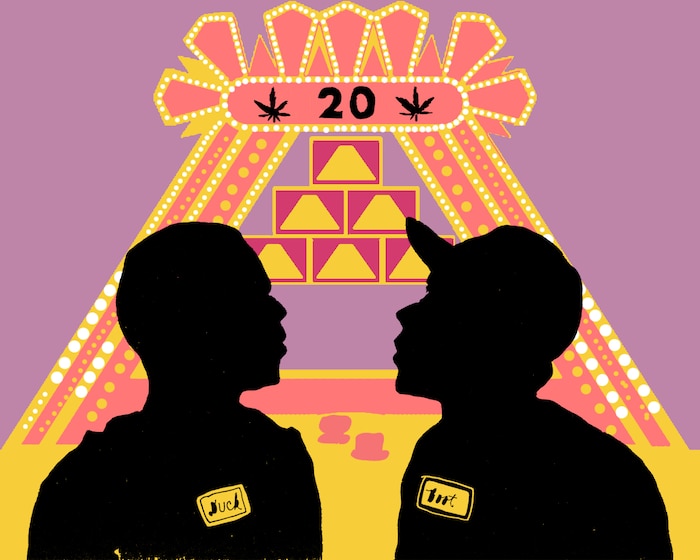
On The Chronic, Dre inverted the $100,000 Pyramid into the $20 Sack Pyramid. Growing up a rap fan in the ’90s meant entrance into an alternate realm of pop culture where phrases like “I Treat a Bitch Like 7-Up, I Never Have, I Never Will,” “If I had nuts on my chin, would they be chin nuts?” and Things that Tim Dog Would Say,” were set-ups and punch lines for obscene in-jokes catering to hip hop’s then-largely teen audience.
“Everyone had cassettes, so entire albums became ingrained. You couldn’t just cherry pick through them,” says Queens rapper/producer J-Zone, whose own skits on albums like 2001’s Pimps Don’t Pay Taxes rank among the best of the last decade.
“Skits nowadays would just get skipped over, but because it was such a hassle to get around them, they became just as important as the songs,” he continues. “When we’d see a bootlegger, we’d chant ‘Onyx tape $3.99’ at them.’ It was a central part of a complete album.”
In retrospect, the seeds of the late ’90s underground vs. mainstream wars were sown in skits like Black Sheep’s “U Mean I’m Not.” A spiritual companion to De La Soul Is Dead, the fellow members of the Native Tongues crew spoofed the steroidal posturing of gangsta rap. They step on their sister’s corns, shoot their dad in the face, and slit the mailman’s throat – only to wake up and discover that it was only a dream. But as Afro-Centric fluorescence faded into army fatigues and Timberlands, it was only natural that the skits’ tenor and purpose would evolve.
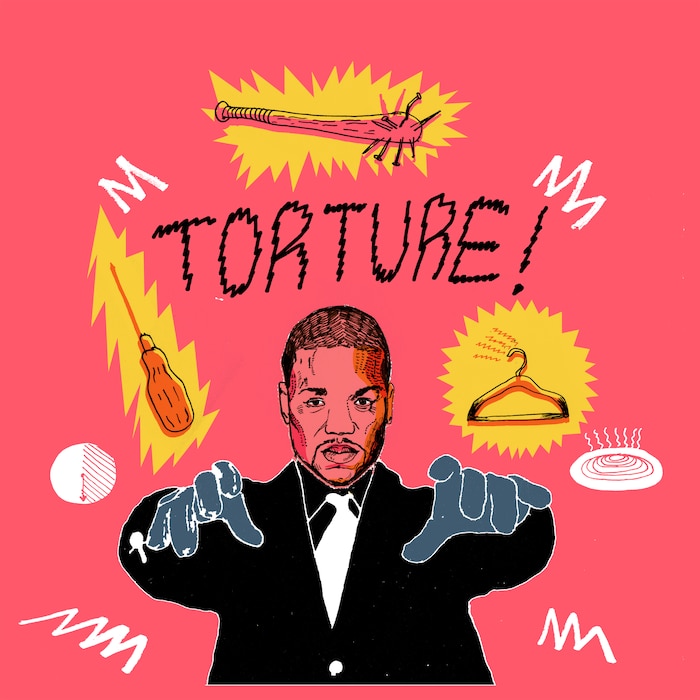
1994-2003
The Geneva Convention does not apply to the Wu-Tang Clan. The modern definition of torture is the skit that starts, “Method Man.” Stabbings with rusty screwdrivers. Assholes sewn shut. 12-story dick hangings from skyscrapers. The C.I.A. could never get this low.
If Prince Paul and the N.W.A. diaspora birthed the early canon, Wu Tang ushered in the New Wave. They flipped a fruitless search for a John Woo film into one of the most quotable episodes of all-time. Enter the 36 Chambers transported listeners into the middle of a movie that you scrambled to glue together from stray clues and dialogue – both original and heisted from ’70s Kung Fu VHS cassettes. RZA babbled about the extended Wu-Tang family down to Mista Hezekiah – “better known as the Yin and the Yang.” Interview fragments and dubbed tapes of radio call-ins. They knew what you wanted: Wu-Tang. Again and again.
For 1995’s Only Built 4 Cuban Linx, Raekwon, Ghostface Killah, and Capadonna re-invented Mafioso rap. And the skits were crucial: the plots before the killings, the pounding claustrophobia afterwards, the Phoenician rigor with which they dyed their Wallabees. “Shark Niggas (Biters)” is not a skit; it’s the Apostle’s Creed. An attack on the Notorious B.I.G. and a declaration of artistic originality. Sharks devoured by the Holy Ghost. Skits became scrolls.
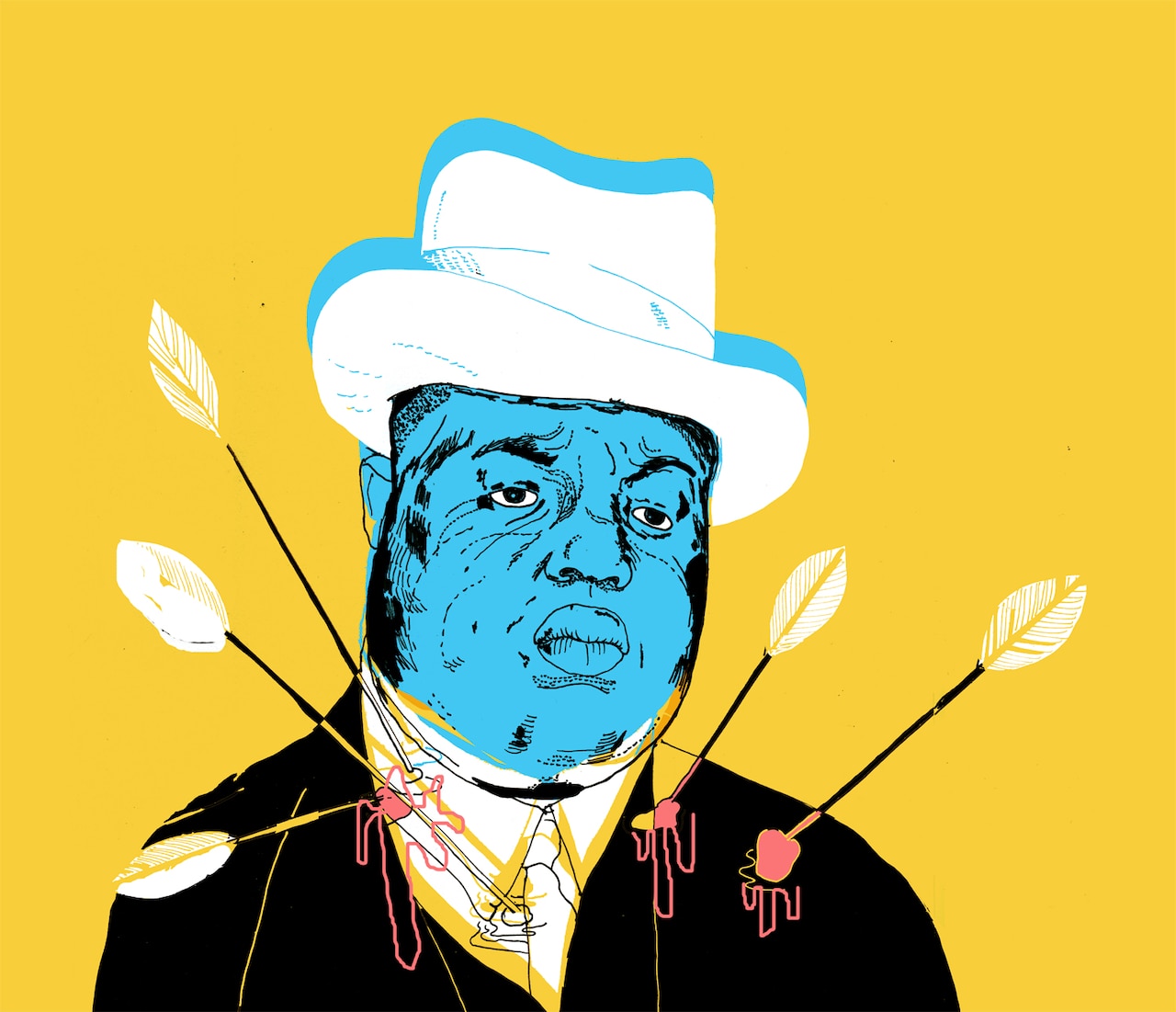
Liquid Swords blended Brian De Palma dialogue with clips from the Shogun’s Assassin, conjuring an imaginary soundtrack for anthropomorphic chess pieces to wage warfare in East New York. On the Gravediggaz album, the pairing of Prince Paul and RZA created the hip hop skit analogue of The Addams Family meets The Munsters.
Supreme Clientele detonated munitions on baseheads named after WWI-era Presidents and Curtis “Clyde Smith” Jackson. “Who Would You Fuck” is the closest rap ever came to “Fuck, Marry, Kill.” Chris Rock’s most famed hip hop upholstery might be his monologue on Kanye’s “Blame Game,” but his best rap moment came as ODB’s hype man. We could be here all day if we lavished proper attention on the roughly 1,350 Wu-Tang solo albums and extended Sunz of Man flights of fancy.
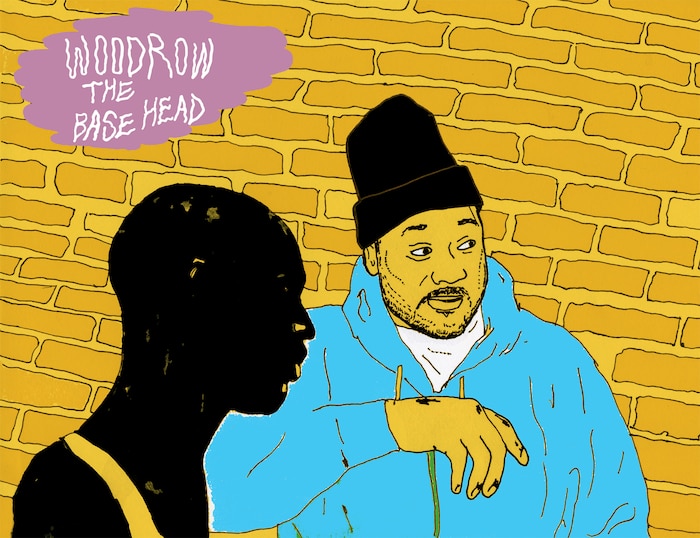
By Clinton’s second term, skits began seeming superfluous. As art becomes expected, it usually becomes uninteresting. A million fake Gambino’s unleashed abysmal impressions of Pacino’s abysmal Cuban accent. We remember Mobb Deep’s preludes as iconic, but at best, they merely added ominousness. Jay Z’s fake Goodfellas clips are seared into collective memory, but pale compared to the re-imagined omerta of Wu-Tang. If you’re as funny as Redman or Big Pun, a goofy idea can be comic gold. If you’re The Fugees, you might write “The Chinese Restaurant,” and make the comedy of Ken Jeong seem comparatively refined. 22To be fair to The Fugees, the “Michelle Leslie Brown” interlude at the end of “The Score” still works. So much that when I told my best friend from high school about this article, he insisted that I include it at the risk of grievous exclusion.
Outkast’s “Pimp Trick Gangsta Clique” bootlegger skits were clever but tread little ground that Onyx and De La Soul hadn’t previously covered. Eminem’s “Ken Kaniff” skits initially seemed hilarious, but now scan as rote homophobia. His “Steve Berman” and “Paul Rosenberg” interludes are vestiges of the Tipper Gore-era, a time so placid that people had little to complain about but rap lyrics. Comedy might be the only thing that dates itself quicker than rap music. Combine the two…
But the late ’90s simultaneously produced some of the art’s greatest moments. Nostalgia occasionally softens Biggie into a beloved round mound of rap, but beyond the Death Row feud, everyone from Rae and Ghost to Jeru the Damaja to The Roots hurled shade. Instead of eviscerating his Eastern rivals by name, Biggie and Bad Boy in-house producer Deric “D-Dot” Angelettie unleashed the latter’s Mad Rapper persona on 1997’s Life After Death.
As quick as you can say, “I’m on my fourth album and I haven’t made a dime,” the Mad Rapper achieved with satire what calling someone a “player hater” never could. The Mad Rapper was the rap Iago, a crusty tetanus-grilled wanna-be baller, permanently jealous of Bad Boy’s Sultans of Brunei in sequin silver suits. Hate all you want, but you could never afford the yacht or even the speedboat. To stub out his cigar on their foreheads, Biggie followed the skit with “Kick in the Door,” a masterpiece of vengeance. The skit was the set-up. The song was the slaughterhouse.

With the boom of CD sales and biblically long track listings, rap found itself in a similar place as rock in the mid-’70s. If the mainstream favored gilded excess, an alternative strain of escapism prized prog-rap weirdness. 33It could go either way. Sometimes, you got something like Masta Ace’s poignant Disposable Arts or Sticky Fingaz’s unsung classic, Black Trash. Sometimes, you got Organized Konfusion’s impenetrable, The Equinox. The Finnegan’s Wake of rap albums, anyone who claims to understand it, probably doesn’t. Kool Keith’s Doctor Octagon derangement glowed with pornographic late-night science fiction theater skits. Del the Funkee Homosapien’s 3030 collaboration with Dan “The Automator” Nakamura employed schlock futurism and sitcom comic relief courtesy of Del’s new roommate Cleofis Randolph The Patriarch (played by Paul Barman).
Scan the credits of Deltron 3030 and you’ll find Prince Paul too. No longer attached to De La Soul, Paul again expanded the skit’s perimeters with A Prince Among Thieves (1999). Hip hop’s Christopher Guest spent several months holed up in New York libraries writing a script that he hoped would convince Tommy Boy Records to launch a movie imprint to rival Master P’s No Limit Films.44There is a version of the album that only exists in Paul’s head. Failed attempts were made to get Vanilla Ice, Chino XL, and Lou Rawls. His dream was to cast Biggie as Tariq, a role that ultimately went to Breezly Brewin. Two days before Biggie’s murder, Paul ran into him at a promo appearance at an LA radio station. They exchanged pounds and Paul learned that he was attending the Soul Train Awards. He quickly formed a plot to approach Biggie at the ceremony and ask him to star on A Prince Among Thieves. At the last minute, he got sidetracked, had to take a girl out to dinner, and never made it to the Petersen Automotive Museum. The label’s owner Tom Silverman felt otherwise, shelving it for a year, and eventually releasing it to adoring critics and indifferent consumers.
But its sheer creativity found a cult audience in anyone curious to see how far the form could stretch. The same went for Handsome Boy Modeling School, Paul’s collaboration with The Automator – the greatest album ever modeled after an episode of a forgotten Chris Elliott sitcom. Neither achieved mainstream recognition, but they’re hip hop versions of the films of Robert Downey Sr. Experimental time bombs that kids can derive inspiration from 20 years from now, wondering what kind of wonderful baroque madness allowed stuff like this to be made.
2004-2015
What do you do when mocking the clichés has become a cliché? By the middle of the last decade, the skit exited vogue. It’s telling that the most memorable ones came from albums released at the tail end of the CD era: the first two Kanye West albums, Andre 3000’s Love Below, Cam’ron’s Purple Haze, and The Mind of Mannie Fresh. You might still remember and love all the episodes, but you probably haven’t listened to them since you stopped using an iPod.
Skit fatigue was very real. Scattered attention spans lacked the patience to hear another fake radio station or rap mob boss order death sentences while slurping spaghetti. Rappers mystifyingly believed that recruiting Mike Epps for skits was a good idea. Little Brother received underground love for attempting to revamp Native Tongues for the new millennium, but no one was there for the interludes. Even Eminem and Kanye quit the practice by 2010 (save for the occasional obscene Chris Rock soliloquy).
The full album experience didn’t mesh with a world of MP3 blogs, MySpace, and YouTube. Pandora doesn’t play skits for a reason. In today’s streaming chaos, few things seem more anachronistic than including skits. That’s just one more way to annoy people unwilling to pay for Spotify Premium.
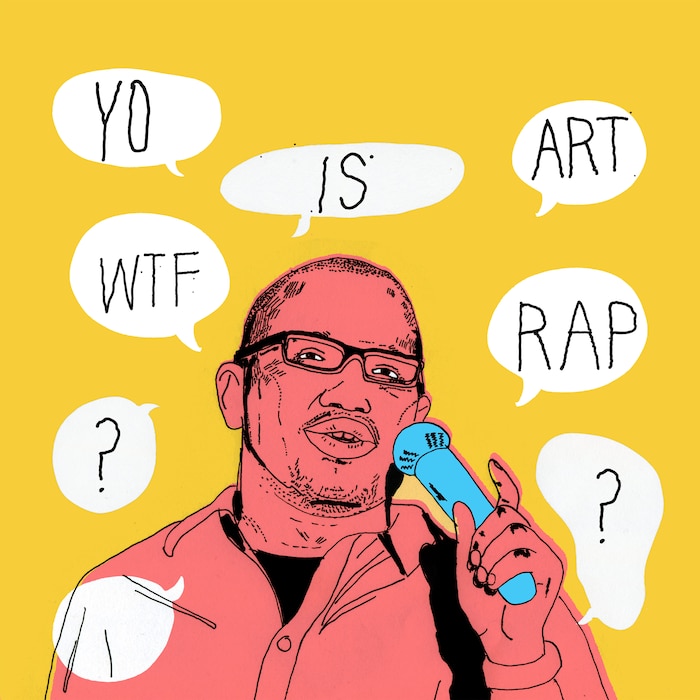

Over the last five years, a tiny cadre has kept alive the ideas of De La Is Dead. With the wry deadpan of Hannibal Buress, Open Mike Eagle simultaneously lampooned art-rap and re-invented it. His former Southern Illinois classmate Serengeti fused Andy Kaufman, KMD, and George Wendt for his brilliant Kenny Dennis saga. Skits compromise up to half the tracks, sometimes done in collaboration with Anders Holm of Workaholics, other times in collaboration with rib tips and O’Doul’s.
“Instead of having to say it in rhyme form, you can cut to the chase and say exactly what you mean,” Serengeti says. “For Kenny Dennis, it wasn’t about skits, it was about expanding the world and the back story. I’ve thought about people not getting it, but ultimately this is my thing and it has to be what it’s gonna be.”
They’re not entirely alone. Despite his aversion to ’90s rap comparisons, Tyler the Creator’s skits unintentionally jacked Redman – with his therapist character similar to Reggie Noble’s Dr. Trevis. Earl’s first album had a memorable skit, presaging their Adult Swim show. J-Zone, Prince Paul, and Sacha Jenkins of Ego Trip have a forthcoming album too. Wale had skits on The Mixtape About Nothing, but the less we say about Wale the better.
Within the major label rap world, Kendrick Lamar represents the lone stalwart. good kid, m.A.A.d city billed itself as a short film, using skits to invite the listener into Compton, advance the action, and highlight his father’s Robin Harris-like rants in search of his “motherfuckin’ dominoes.” Dr. Dre’s protégé not only understood narrative but also the small details: the beeping anxiety of a mini-van with the door ajar, the analogue drool of a cassette rewinding. You understood his identity without him having to explain. He carried on tradition. He made it so you couldn’t skip.
Header image © Dewey Saunders
